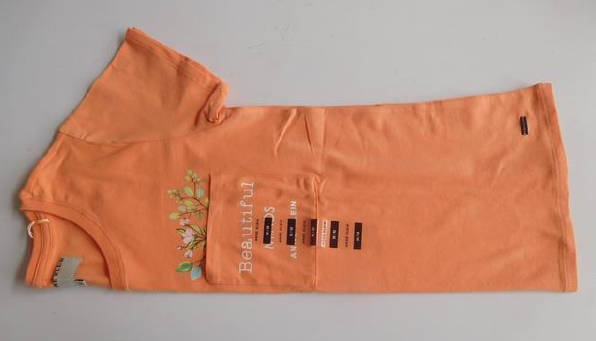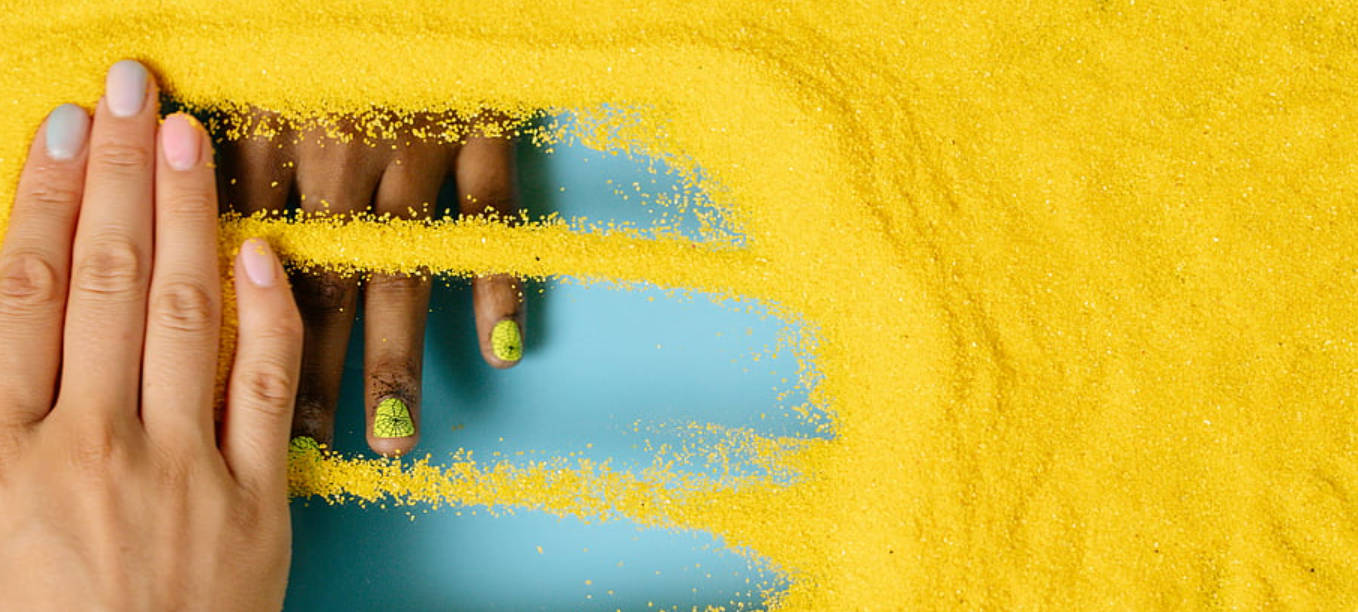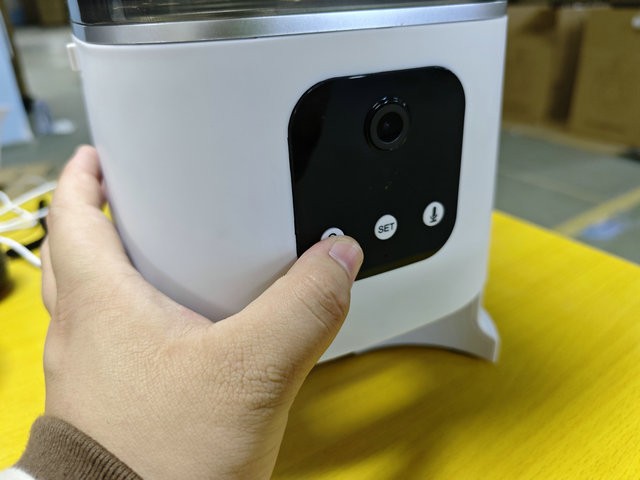In today’s global marketplace, the integrity of artworks and labels on products is more critical than ever. These elements are not just about aesthetic appeal; they are vital for compliance, consumer information, and brand identity. This significance elevates the role of third-party inspection in ensuring that artworks and labels adhere to the highest standards of accuracy, quality, and regulatory compliance. This article outlines the comprehensive approach taken by third-party inspectors to execute inspections and verifications of artworks and labels throughout the order process.

Contents
The Critical Role of Third-Party Inspection
Third-party inspection services act as an independent authority to ensure that product artworks and labels meet specified standards and regulations. This independent verification is crucial for manufacturers and brands that aim to maintain trust with consumers and compliance with international standards. By engaging in a detailed inspection process, third-party inspectors help mitigate risks associated with mislabeling, non-compliance, and potential recalls.
Step-by-Step Process of Artwork and Label Inspection
1. Pre-Inspection Review
Before the inspection, third-party inspectors thoroughly review the client’s specifications, industry standards, and regulatory requirements for artworks and labels. This review process ensures that the inspectors are fully aware of what standards the products need to meet, including materials, design, text, and color specifications.
2. Document Verification
The inspection process begins with a meticulous verification of the artwork and label design documents against the approved specifications. Inspectors check for alignment with brand guidelines, regulatory compliance (such as font sizes for ingredients and warning labels), and accuracy of information. This step often involves comparing the digital versions of artworks and labels against physical samples.
3. Physical Inspection of Samples
Inspectors conduct a detailed physical inspection of sample products to assess the quality and compliance of the artworks and labels. This inspection covers several aspects:
- Material Quality: Verifying the durability and suitability of materials used for labels and packaging.
- Color Accuracy: Ensuring that colors match the specified Pantone or RGB values, crucial for brand consistency.
- Print Quality: Checking for smudges, misprints, and overall print quality to ensure legibility and aesthetic appeal.
- Adhesion Test: Assessing the adhesive quality of labels, especially for products exposed to various environmental conditions.
4. On-Site Inspection During Production
To ensure consistency across the production batch, third-party inspectors conduct on-site inspections. These may include random sampling and spot checks during the production process. The focus is on maintaining quality control throughout the manufacturing process, identifying any deviations early, and ensuring corrective measures are implemented.
5. Compliance and Final Verification
Towards the end of the production process, inspectors verify that the final products comply with all the predefined specifications and regulatory requirements. This includes a comprehensive check of the artworks and labels for any errors or omissions. Inspectors also ensure that any corrective actions previously identified have been adequately addressed.
6. Reporting and Recommendations
Upon completion of the inspection, third-party inspectors provide a detailed report that outlines the findings, including any non-conformities and recommendations for improvement. This report is crucial for stakeholders to make informed decisions regarding product adjustments, manufacturing process improvements, or further inspections if necessary.
Leveraging Technology in Inspection
Advancements in technology play a significant role in enhancing the efficiency and accuracy of artwork and label inspections. Digital tools and software enable inspectors to perform detailed analyses, including color matching, text verification, and barcode reading. These technologies support a more streamlined and accurate inspection process, ensuring higher quality outcomes.
Conclusion
The inspection and verification of artworks and labels by third-party inspectors are critical in maintaining product integrity, compliance, and consumer trust. Through a meticulous and systematic inspection process, third-party inspectors ensure that products meet all quality and regulatory standards before reaching the market. This independent verification process not only helps in mitigating risks but also reinforces a brand’s commitment to quality and safety. As the market continues to evolve, the role of third-party inspection in quality assurance will remain indispensable, safeguarding brand reputation and consumer satisfaction.






